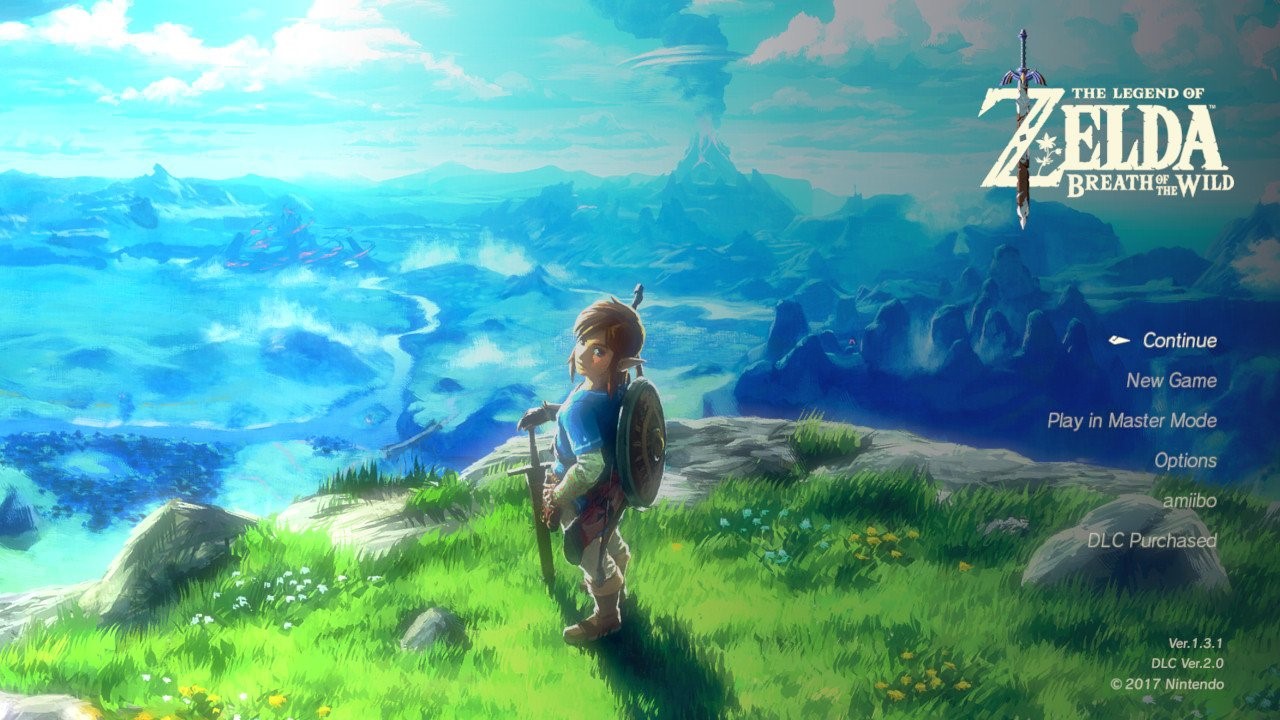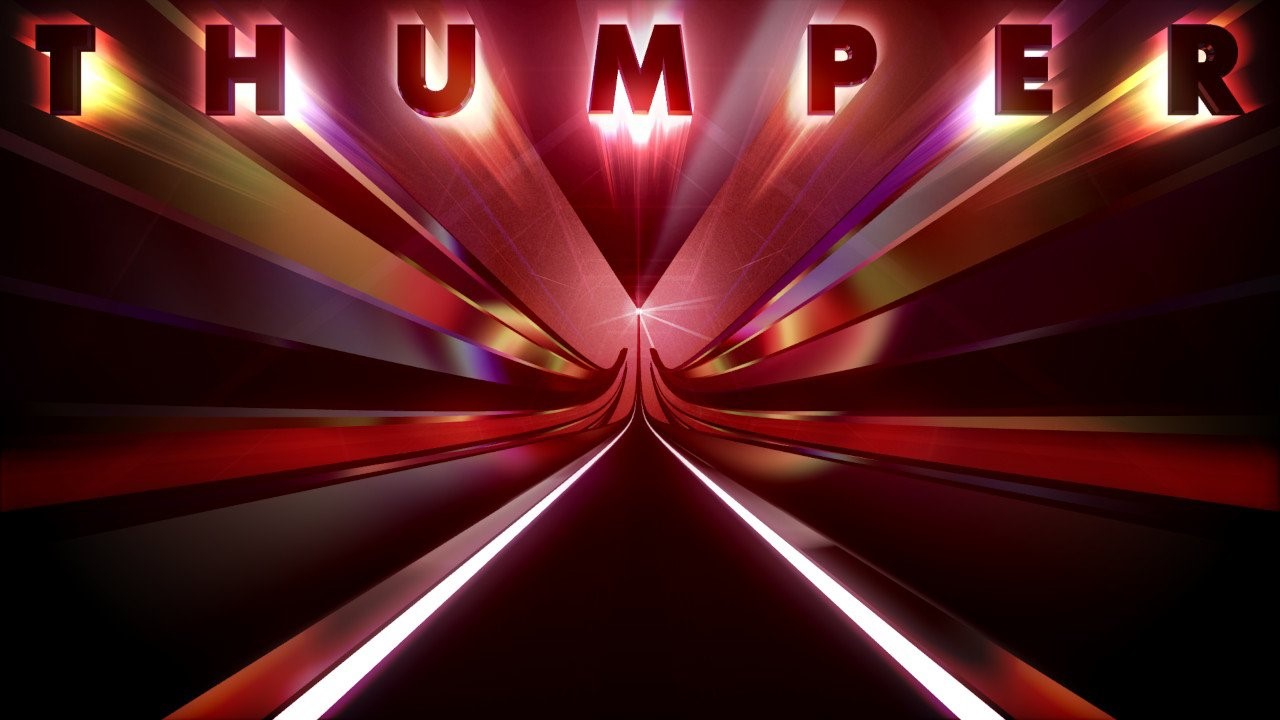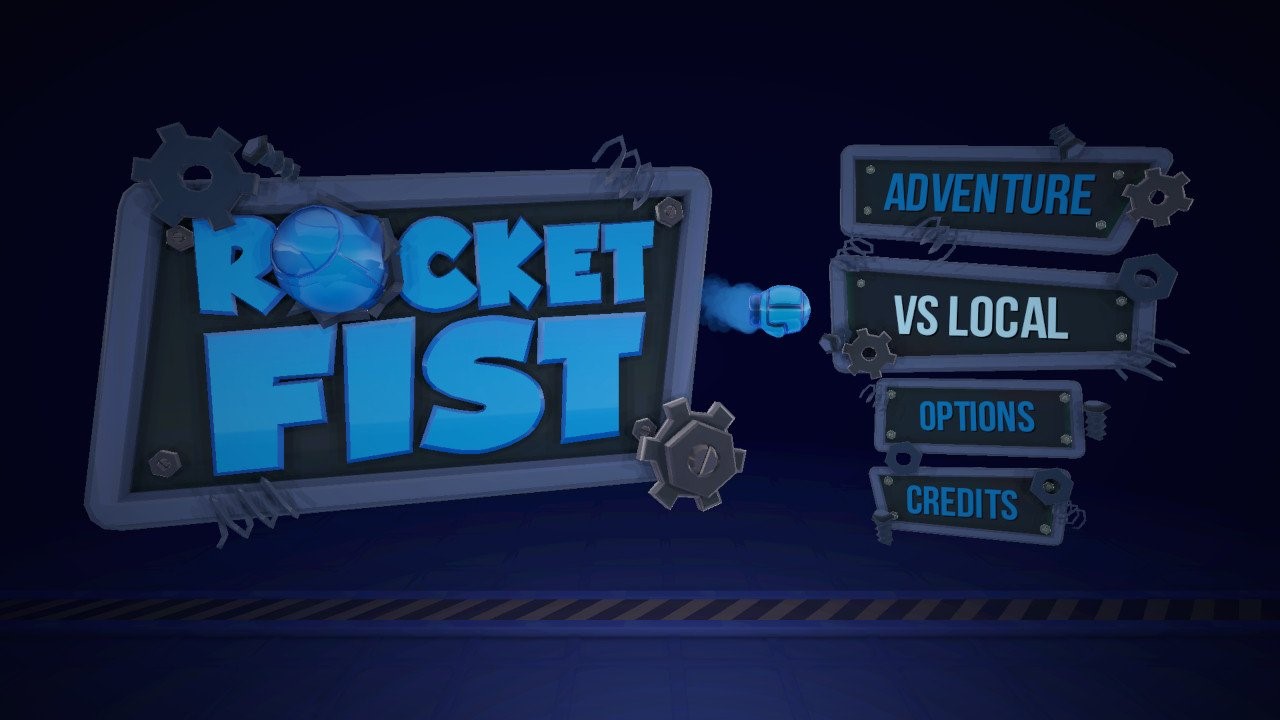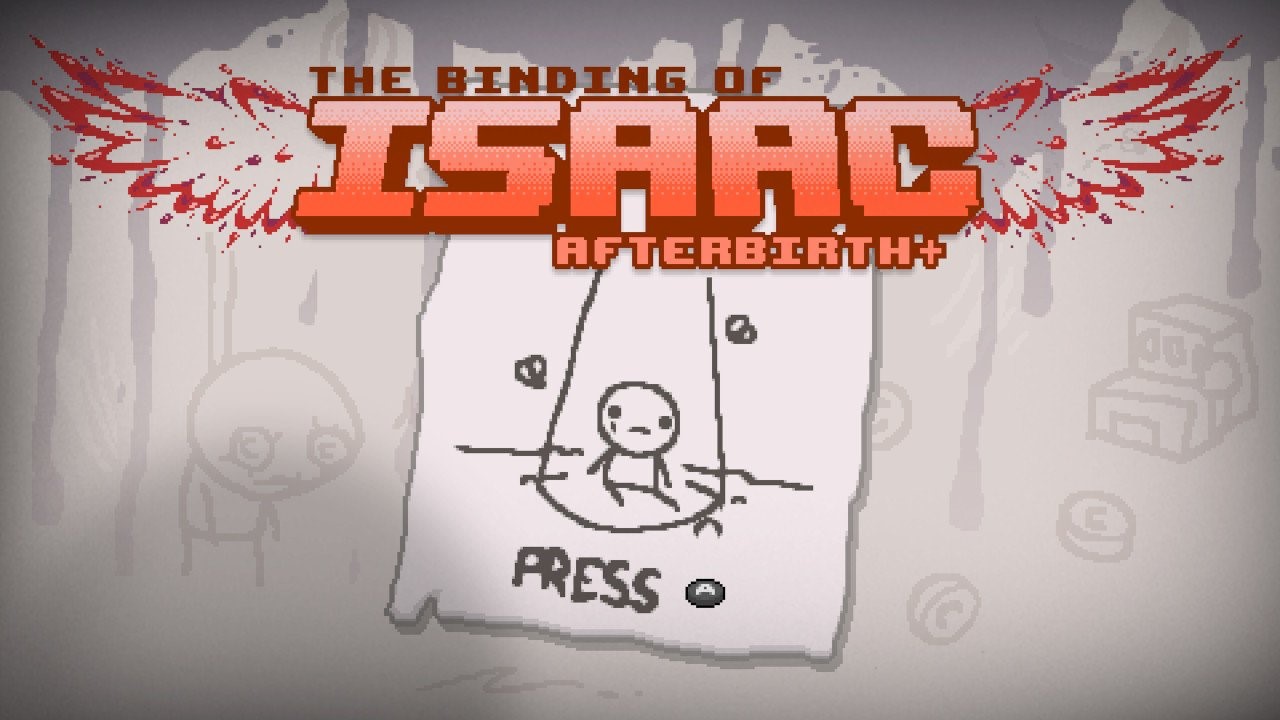The Legend of Zelda: Breath of the Wild
Best Zelda Game to Feature Golden Crap
On Metacritic, over a hundred reviews recommend the Legend of Zelda: Breath of the Wild (BOTW). Critics and fans were screaming “Game of the Year” before 2017 ever had a chance to stretch, and a few publications have even heralded it as the greatest game of all time. By this point, if you are still hesitant to buy this game, any more praise is not going to sway your hesitance. For everyone else, just buy the damned game. It’s good; great even. It triumphs over Majora’s Mask, my previous favorite Zelda game. It washed away the grimy taste left by Skyward Sword, that disgusting, 93-on-Metacritic fake of a game. It made me quit drugs and start a family. It shows God’s face if you are a true believer.
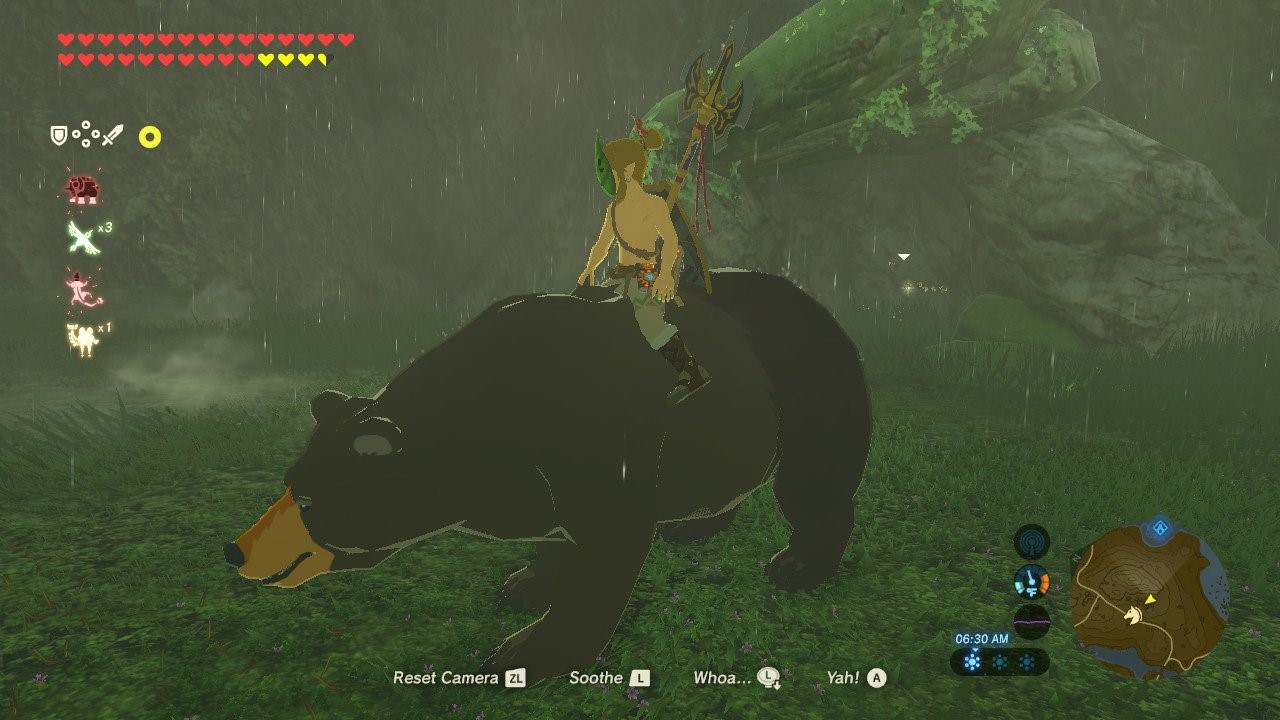
But it’s not perfect. No game is, even if BOTW can eliminate world hunger. As such, rather than churn out another article of praise, this review will pinpoint not BOTW’s strengths but its faults. I dedicate this review to all of the people who gave the game a 0, including those individuals who rated it within an hour of its release. To those people, you’re wrong, but I still love you.
The Top 10 Issues With BOTW, One for Each Review Score Point
10.
Cooking, upgrading gear, and navigating menus could be streamlined. It is certainly charming when Link first cooks or interacts with the Great Fairies, but holy hell, after a certain point, I just want to grab my stuff and get on with the adventure. Link would greatly benefit from an ability to cook or upgrade multiple items in one go. The inventory system aggravates this problem a little simply because of how much crap you can hold. An ability to manually sort your inventory would have been much appreciated, but even this change wouldn’t solve the inventory issue completely.
9.
Calamity Ganon is less than calamitous. Yes, Link is capable of fighting Ganon after he leaves the Great Plateau, which considerably raises the final battle’s difficulty. However, if you follow the story quest to its completion, Link will have become an army-of-one by that point. Zelda bosses have never been paragons of challenge, but when two Lynels pose more danger than the Great Ganon, the ultimate showdown loses some of its appeal.
8.
Link likes walls a bit too much. I understand that he may be pumped about his ability to climb about damn near everything, but latching onto a rock is inadvisable during a battle. At times, my intention was to run alongside a wall, but once Link so much as scraped rock, he would start mountaineering.
7.
Heart containers do little more than show how many shrines you have completed. In previous Zelda games, Link’s hearts were diamond-coated, with most enemies struggling to land a full heart of damage. In BOTW, these hearts are about as resilient as Styrofoam, and enemies have three levels of damage: one heart, half of Link’s hearts, and all but a quarter heart. Even with considerable armor, Link will brush against Death’s cold lips after a single blow from a silver enemy.
6.
The story is unremarkable. Other people have expressed their disappointment with BOTW’s plot, but that said, no Zelda game—apart from Majora’s Mask—has ever carried a solid story. This doesn’t excuse a “meh” plot, but I can’t say I was anticipating a Pulitzer’s Prize script when I bought BOTW.

5.
The voice acting is even worse than the plot. I applaud Nintendo’s efforts in trying to catch up with the rest of the gaming world, but the resulting voicework sounded like a bad anime dub. Compared to other critics, I actually found Zelda’s voice acting to be fine, but the Great Deku Tree deserves the golden Korok shit for his odious contributions.
4.
Weapons have the durability of cardboard. Although weapons are plentiful throughout the game, a single weapon will rarely survive an enemy encounter. Swapping weapons will eventually become second-nature, but this system leads to a “better save it for later” mentality. For example, do you like your royal guard claymore? Yes? Then unless you want to say goodbye to it halfway through a hinox fight, you better equip your soup ladles and brooms first.
3.
Someone thought Hyrule was a tropical rainforest and programmed rain accordingly. Rain certainly brings variety to the game, especially during thunderstorms or when it floods plains. However, rain also robs the game of its vibrant beauty and Link of his ability to climb. Because it rains almost every single day, you’ll eventually grow a desire to seek out and kill whoever the hell is playing Song of Storms on repeat.
2.
The framerate loathes certain parts of the game. Generally, the game runs smoothly, but Korok Forest is a stuttering mess, gaining the new title of “Framerate Forest.” Combined with the Great Deku Tree, this forest is deserving of a good fire.
1.
You cannot register animals other than horses at the stables. For a game about freedom, it’s absurd you cannot register whatever animal you manage to mount. Sure, it makes sense that a horse stable would only deal with horses, but BOTW isn’t exactly focused on realism. Riding horses still is a hoot, but certain other animals deserve to be saddled and ridden into battle.

What’s the verdict?
Ultimately, hype is your biggest hurdle if you’re still on the fence about playing the Legend of Zelda: Breath of the Wild. The game could convert you to the fan club, but it could also send you over to the cynics who question the sanity behind the 10 reviews. If we disregard such feats as “Game of the Year” and “Greatest Game of All Time,” BOTW is still a solid Zelda game. If you enjoy Zelda, this game will satisfy your urges. If you have yet to play a Zelda game, this one is just as good a start as any. And if you hate it, there is a whole community of haters waiting for you to join their circlejerk on message boards.
Arbitrary Statistics:
- Score: 10
- Time Played: Over 105 hours
- Number of Players: 1
- Games Like It on Switch: RiME, Oceanhorn: Monster of Uncharted Seas

